WORLD TRAVEL NEWS ARTICLE
SOUTH AFRICA
'Cape Town and More'
There are two ways up Table Mountain. You can either take one of the trails that wind their way up to the 3,563ft summit through countryside containing more indigenous plants than in the whole of the British Isles. Or you can pay to ride in a shiny cable car.
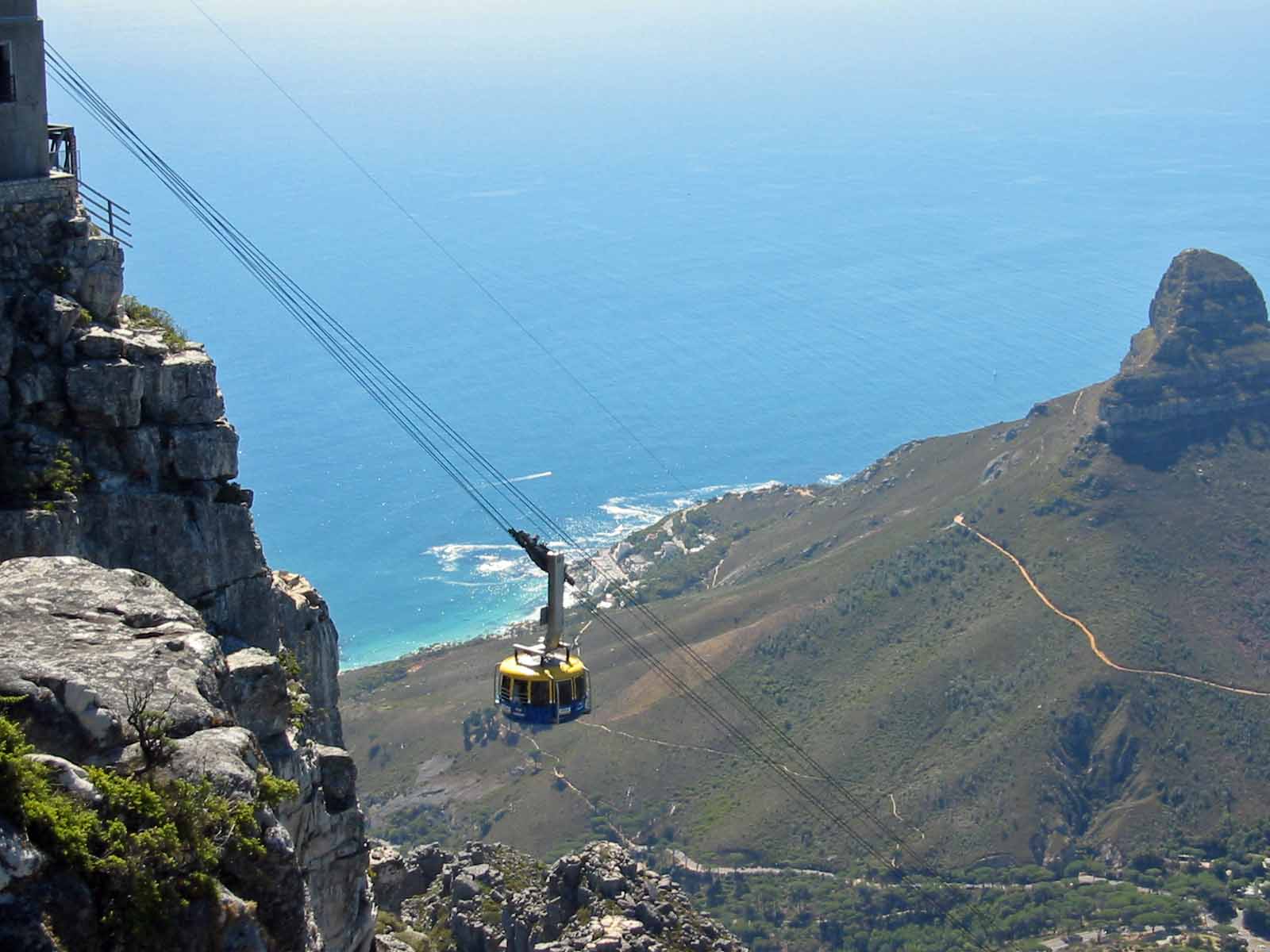
Table Mountain Cable Car
Bearing in mind the heat of the Cape summer, you might be tempted to choose the latter. Whichever way you go, the reward when you emerge at the top is one of the world’s great views. To the south you gaze out beyond Lion Rock to Robben Island, for nearly two decades the ‘home’ of Nelson Mandela, and the vast expanse of ocean that stretches uninterrupted all the way to Antarctica.

Sunset over Robben Island
To the east you can see all the way down the Cape Peninsula to Cape Point, the beginning and end of the African continent. Inland, the vineyards and fruit orchards of Cape Province stretch away into the distance.
Capetonians are rightly proud of their iconic mountain – as they are of their city which, just like San Francisco and Rio de Janeiro, benefits from having a beautiful natural harbour setting.
There was a time, during the sad and tense apartheid years, when Robben Island was only mentioned in hushed tones. When I first visited Cape Town more than 30 years ago, Robben Island was decidedly off limits. The island was a prison not just to Nelson Mandela, who spent 18 of his 27 incarcerated years here, but many other political prisoners.
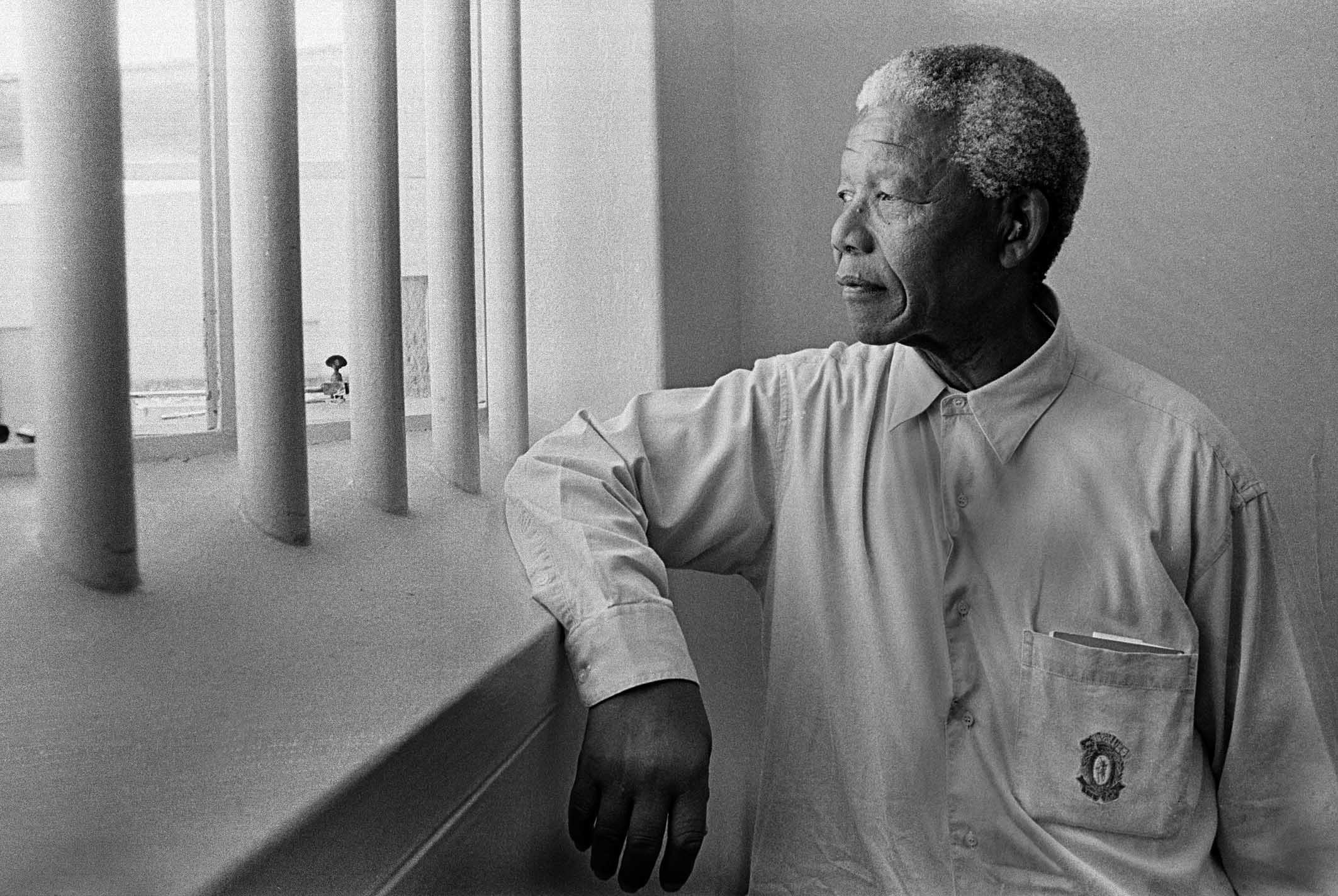
Nelson Mandela on Robben Island
To show how times have changed, the once-infamous island is now one of the city’s key tourist attractions. To see the place where Mandela and other ANC personnel leaders were locked up you take a (sometimes choppy) five-mile ferry trip across Table Bay.
The island is no longer a prison but a museum. And as a museum it acts as a sobering reminder of the price South Africa paid for its freedom. The prisoners, we learn, were nothing if not inventive. Political pamphlets, for example, were smuggled into the prison between slices of bread.
Arriving back in Cape Town, I stepped off the ferry at the Victoria and Albert Waterfront, a striking example of the worldwide trend to revitalise port areas with shops, hotels, apartment blocks, bars and restaurants.
At its heart is Nobel Square, an area dedicated to South Africa’s four peace prize winners – Albert Luthuli, Archbishop Desmond Tutu, former state president F.W. de Klerk and, of course, Mandela himself, all represented with a crescent of lifelike sculptures.
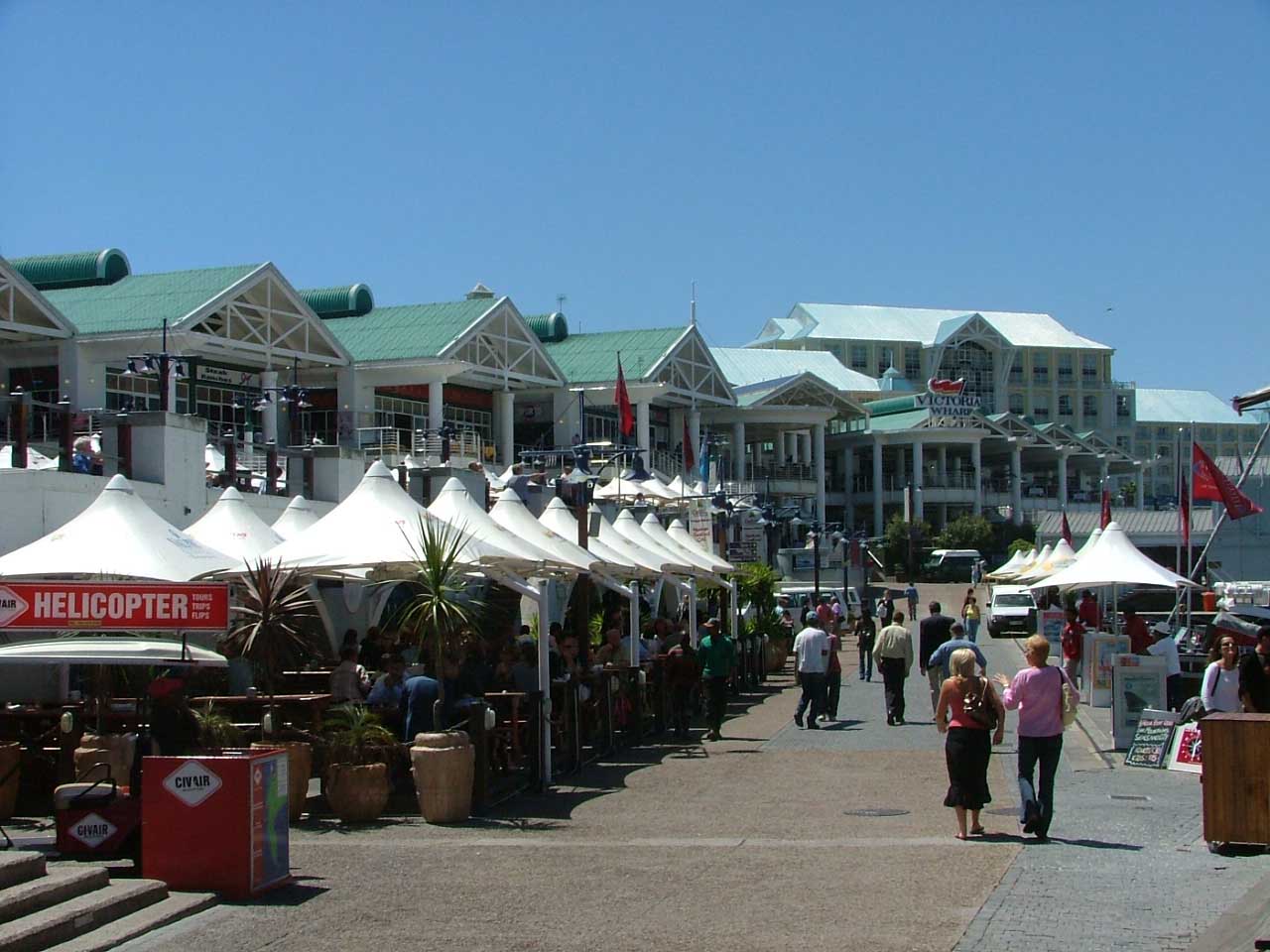
Victoria and Alfred Waterfront
It would be interesting to know what the staid old Dutch burghers would think of the city if they could see it today. They would recognise some of the exhibits in the Iziko Maritime Museum, where Cape Town’s colourful seafaring past is vividly brought to life, including the oldest model of the harbour completed by inmates from Breakwater Prison in 1885. But it would be harder for them to come to terms with the plethora of hotels, bars and restaurants which have been built to cater for the needs of today’s cosseted travellers.
When you’ve finished at the Waterfront, head down the coast to Hout Bay and Fish Hoek - not many cities boast suburbs as attractive as these – and to Simon’s Town, famous not just for its naval base but some splendid seaside restaurants, none finer than the Black Marlin. Once a whaling station, this is now a seafood restaurant of distinction. It sits in a magnificent position overlooking the ocean at Miller’s Point – and the food matches the setting.
When it comes to finding a place to stay, you’d be hard pressed to find a better hotel than the Cellars Hohenort, a Relais et Châteaux property nestling beneath the eastern slopes of Table Mountain in the Constantia Valley. This is a place for a little shameless self indulgence. The rooms are large and elegantly furnished and, in addition to fine food and wine, there’s also a spa where you ease away the aches and pains of a hard day’s touring. There could scarcely be greater contrast to the rigors of Robben Island.
No trip to the Cape is complete without a trip to the vineyards of Franschoek or Paarl where, apart from the pleasure of tastings, many of the white-washed Cape Dutch-styled houses offer excellent food washed down, of course, by some of the finest South African wines.

The vine filled vistas of Stellenbosch
Also worth visiting is the university town of Stellenbosch and, if you have the time, take a trip down to the Cape of Good Hope, one of several rocky headlands at the tip of Cape Peninsula. In spring the peninsula is a dazzling kaleidescope of spring flowers. On the way you pass penguins strutting full of self importance on the beach, and, if you’re lucky, you might catch sight of whales frolicking out to sea.
From Cape Town, we drove along the Garden Route to Port Elizabeth. Initially the scenery along the route is somewhat uninspiring, but when you reach George, Wilderness, the wonderful expanse of Plettenburg Bay and finally the Tsitsikama forest, the journey becomes very worthwhile. The scenery is superb. Lagoons, sand dunes and white sand beaches lie in wait along the coast; behind, the indigenous forests have giant yellowwood trees and wild flowers like ericas, gladioli and proteas.
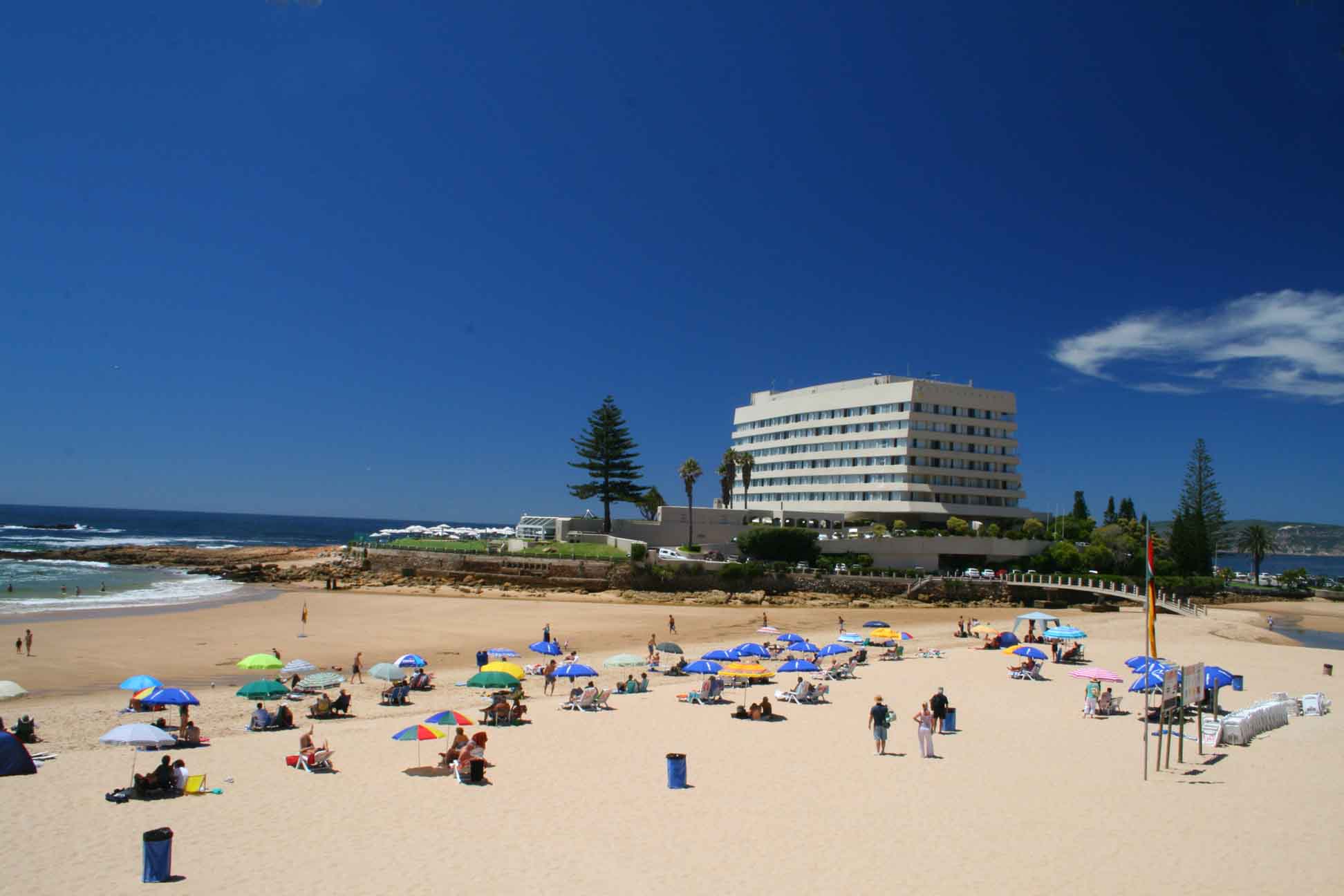
The wide expanse of beach at Plettenburg Bay
When we reached the rainforest, our leisurely drive along the Garden Route took an unexpected turn. As we rounded a bend, a troop of baboons made its way across the road. There was a sudden thud on the bonnet and the next moment a hairy arm appeared through the car window and made a grab towards a sun hat on the dashboard.
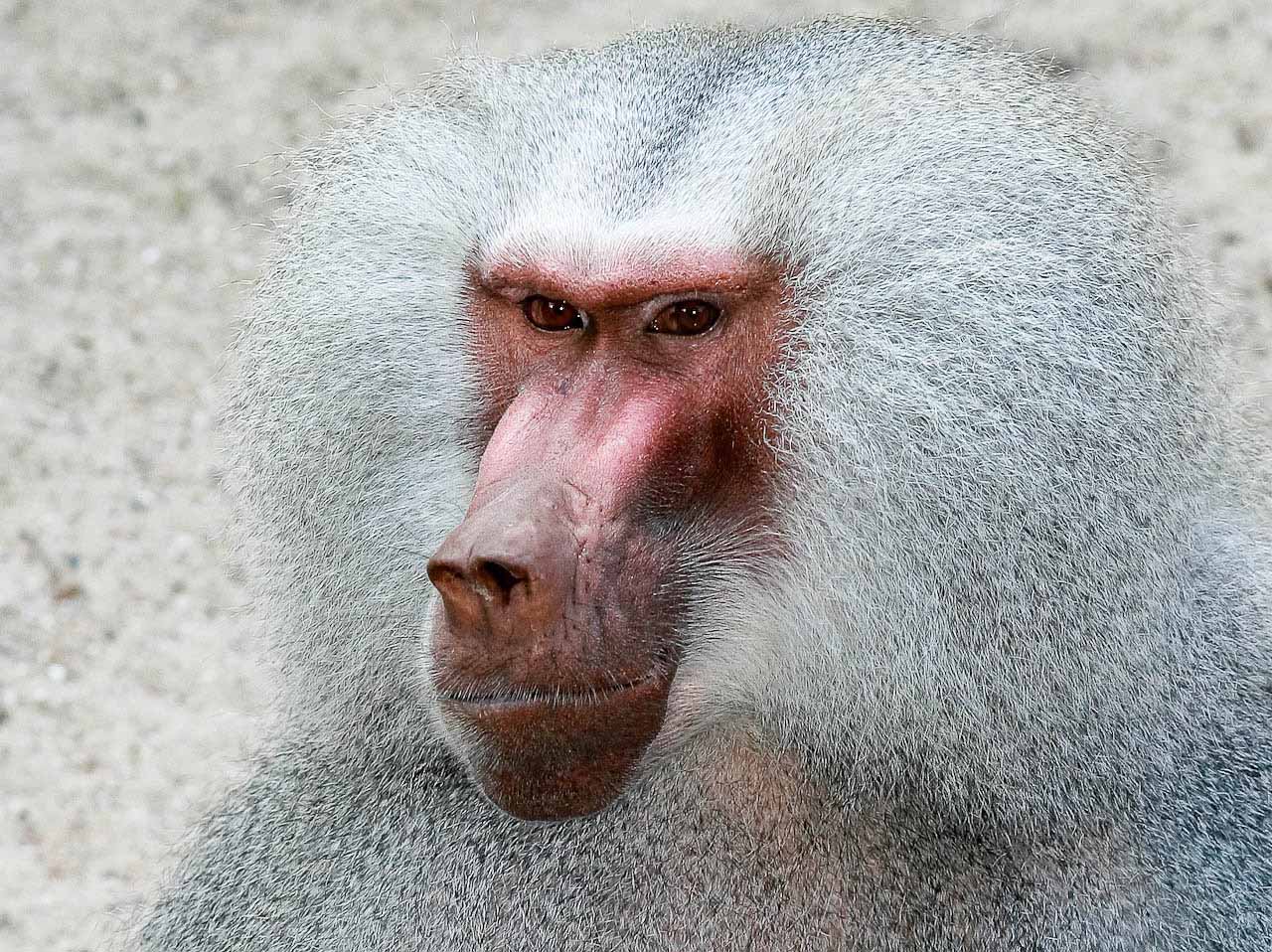
A Cape Baboon
But mischievous baboons apart, there are many compelling reasons for holidaying in the Cape. Here you’ll find most of the things you need for a successful break – climate, scenery, beaches and, not least, the sensory pleasures of fine food.
South African Tourism - visit www.southafrica.net
For a selection of fares and flight options to Cape Town please click on the Direct Flights advertisement on this page.
You may also like to read

SOUTH AFRICA - AFTER THE FINAL WHISTLE OF 2010
Tour-smart shows you more of South Africa now the final whistle has blown for FIFA World Cup 2010.
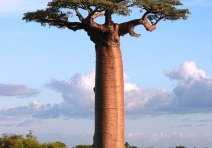
MADAGASCAR - THE MAGIC
Tour-smart takes us to the fourth largest island in the world that lies 400 kilometres off the east coast of Africa.
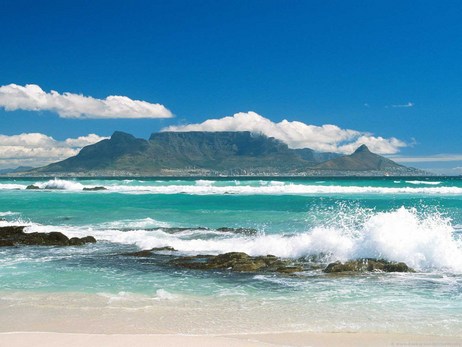
Comments